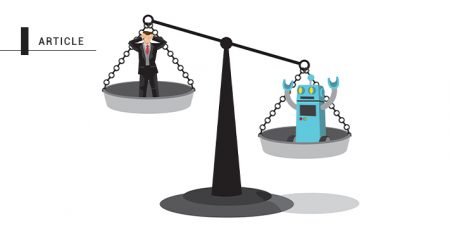How to ensure equity in education
We’ve long known that not all students learn at the same rate. But it’s not the only reason some are able to get ahead while others struggle to perform academically.
As disheartening as it is, not everyone’s home life is equal. Just think about how well you concentrate when you’re hungry or how difficult it is to do adequate research when your internet is out. Yet for some learners, even essentials like food and utilities are in short supply.
That’s where schools come in. With the right digital tools, they help ensure everyone gets a quality education, regardless of what things are like for them outside the classroom.
Identifying and addressing the digital divide
Division and inequities have long existed across a number of school essentials. When learning went remote, that unequal access became even more acute.
For some students, it was all their parents could do just to keep the lights on. That meant money for reliable internet and a decent device were out the window. For others, the personal devices they were working from may not have been up-to-date enough to support new school software.
That’s not to say that all inequities stem from income alone. Some rural communities may simply be too remote for broadband. In other households, a lack of technical expertise could have prevented students from accessing the online learning tools they needed.
Regardless of the reason, the homework gap has widened, impacting academic performance and creating additional hurdles for disadvantaged students.
How devices can bridge the divide
To ensure all students have an equal opportunity to learn in any setting, many schools are adopting 1:1 educational models that provide every student with a school-issued device or laptop. It’s one of the first steps needed to equalize the great divide and equip students with the tech skills needed for the workforce.
The importance of equal access to internet
Of course, no matter how advanced a school-provided device is, it’s severely limited if students can’t connect to the internet. Not having reliable internet is frustrating, defeating and a big time-waster, especially if students have to move to an entirely new location to get their work done.
But internet access lets students go beyond merely completing their homework, giving them unrestricted access to the subjects, books and tutorials that ignite their passions. Reliable internet encourages academic prowess that can help expose students to new ways of thinking, find their calling and experience other cultures with a click.
To remedy inequitable internet access, some schools are investing in SIM card support hotspots that allow students to utilize cell networks. Other areas are setting up city-wide wireless networks that anyone can connect to.
Using data to identify education gaps
Before schools can effectively close the gaps, they need to first identify the real roadblocks. Making assumptions about what’s preventing students from excelling isn’t enough.
Each school climate will experience a unique mix of obstacles. Leveraging data insights can help educators better pinpoint and resolve inequities.
Schools may start by investing in software to track student performance and engagement, conduct individual needs assessments or solicit teacher feedback. From there, educational institutions can follow examples from other education departments to create their own equity plans.
What can be done at a classroom level?
With no guarantee students will be able to continue the learning day at home, that means educators need to be able to maximize class time.
By structuring lessons to support online work at school and offline work at home, teachers can use flipped classroom models to help build on lessons without creating unintentional barriers.
Getting Smart offers this as an example, “[Teachers] might structure classes so that students have time to download course content, set documents to work offline or capture assignment information before leaving as well as the opportunity to re-sync or upload at the start of class. They would then use homework to review, remember and reflect on their learning – tasks which may not require devices.”
Put simply, equitable learning environments give all students an advantage, especially those who aren’t guaranteed equal educational access at home.
Content created and provided by ONEAFFINITI.












